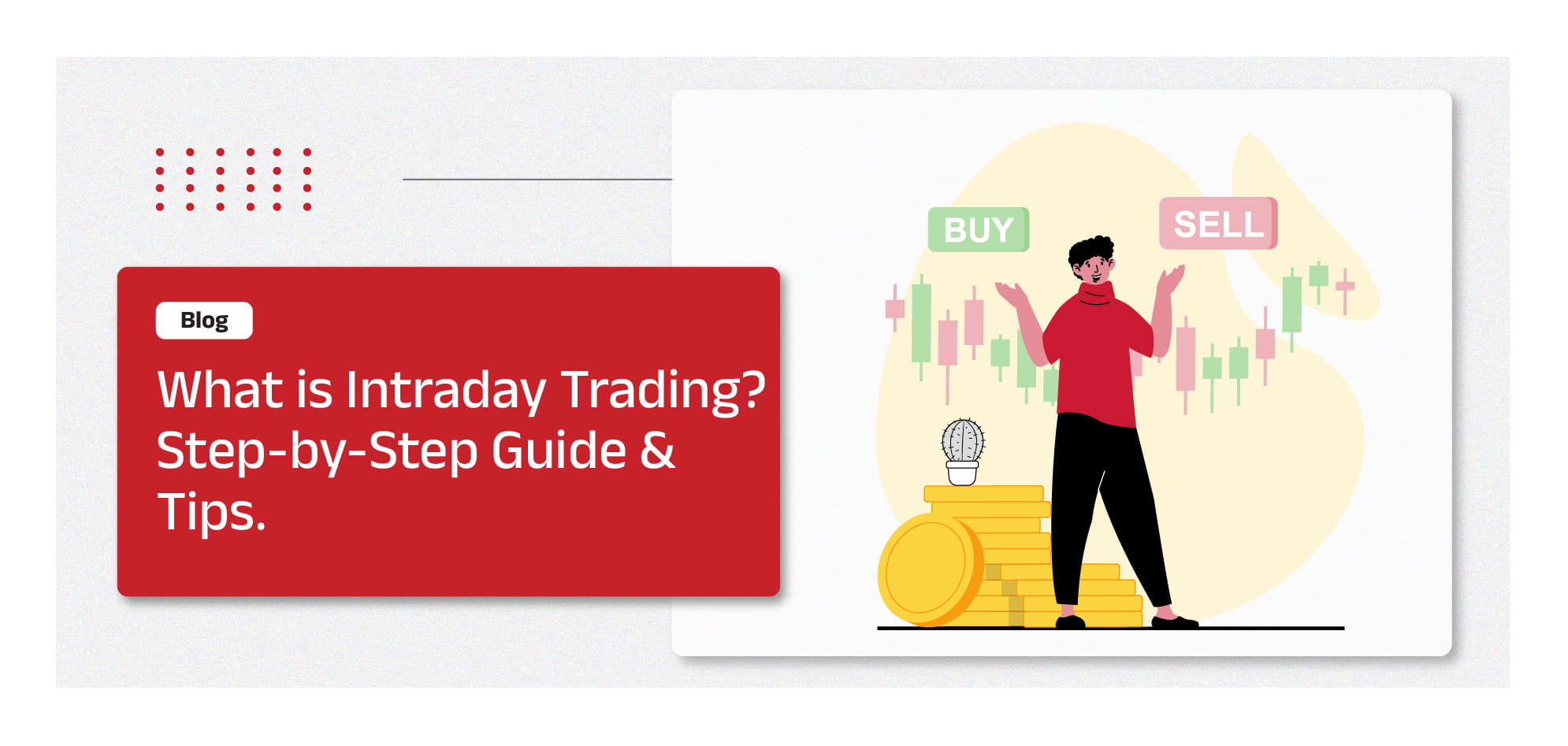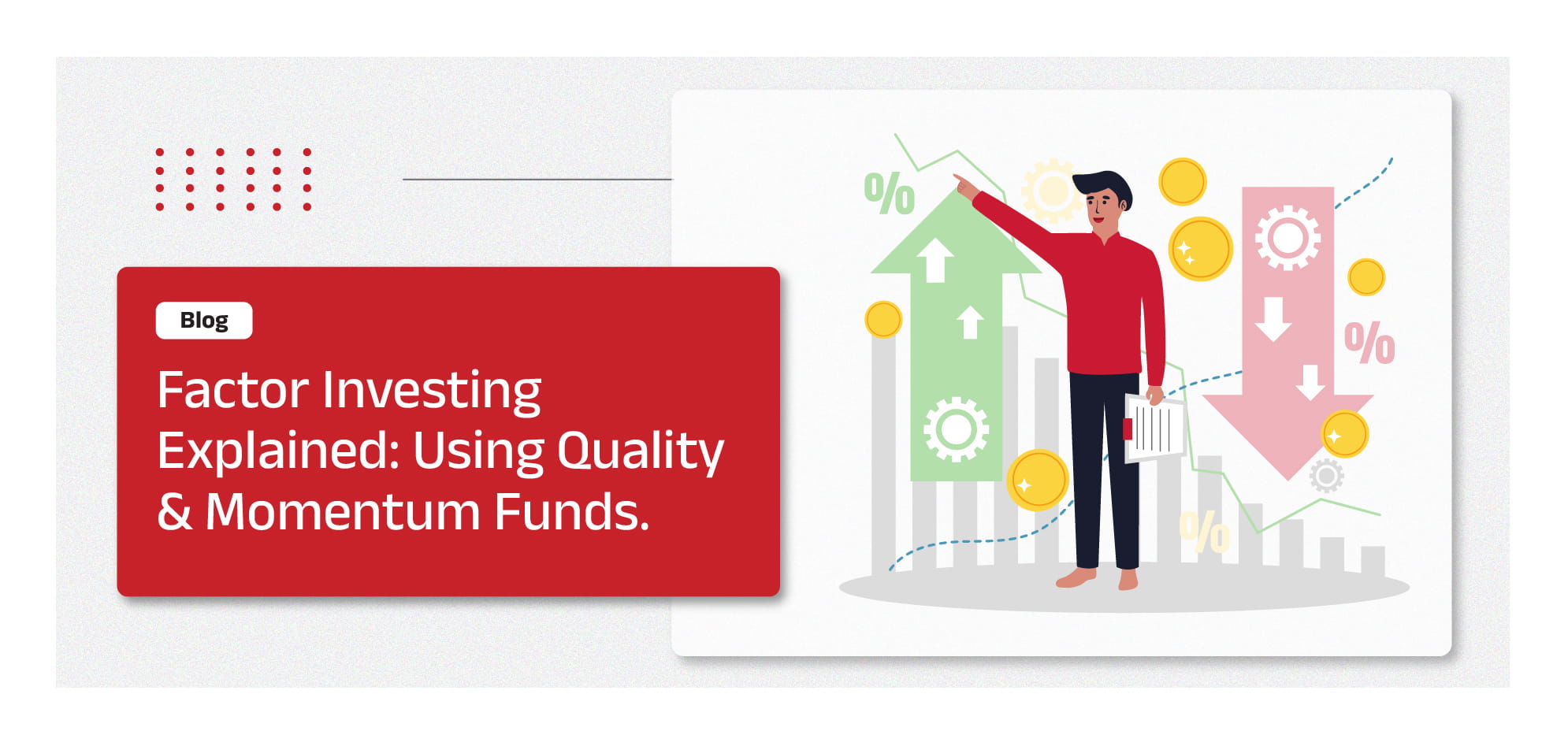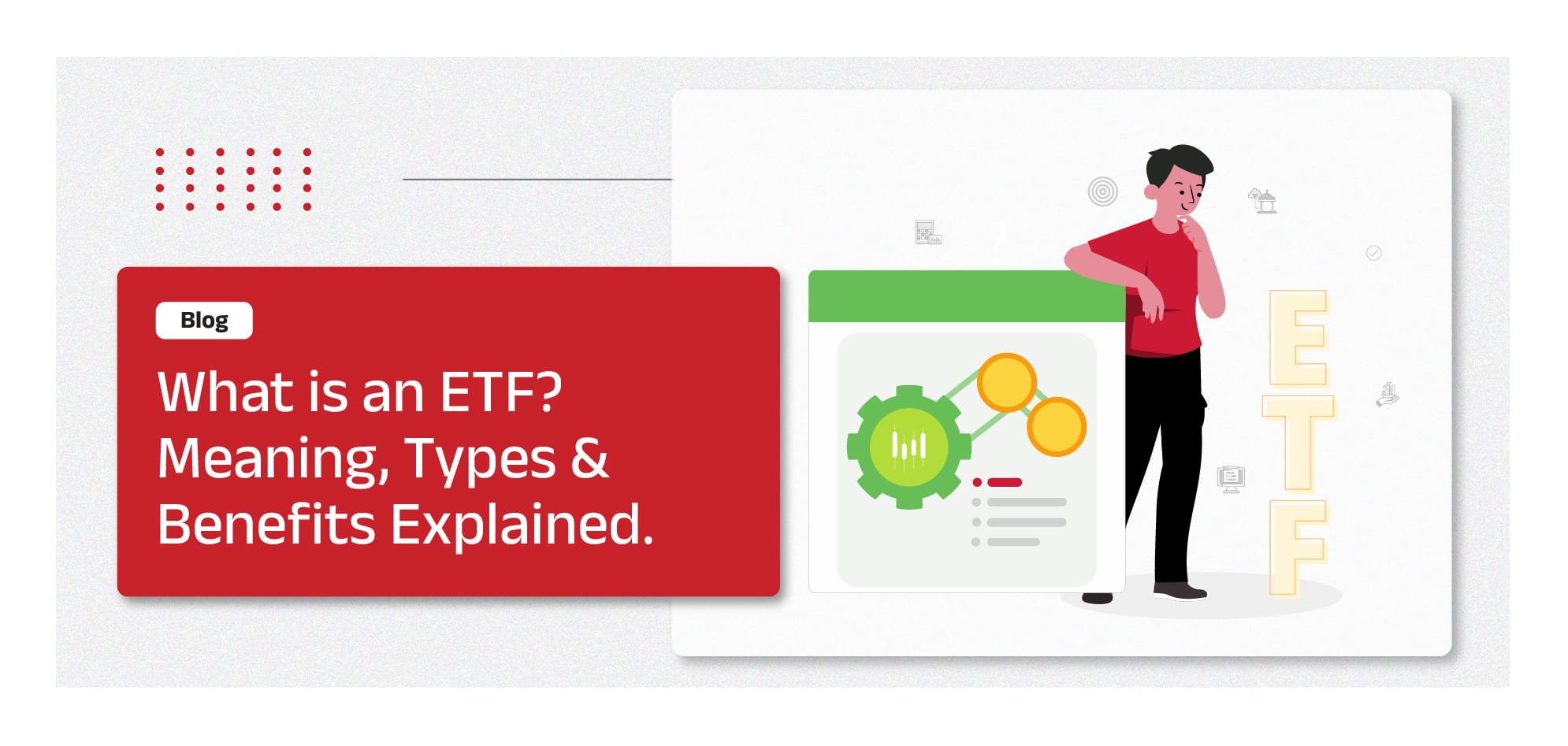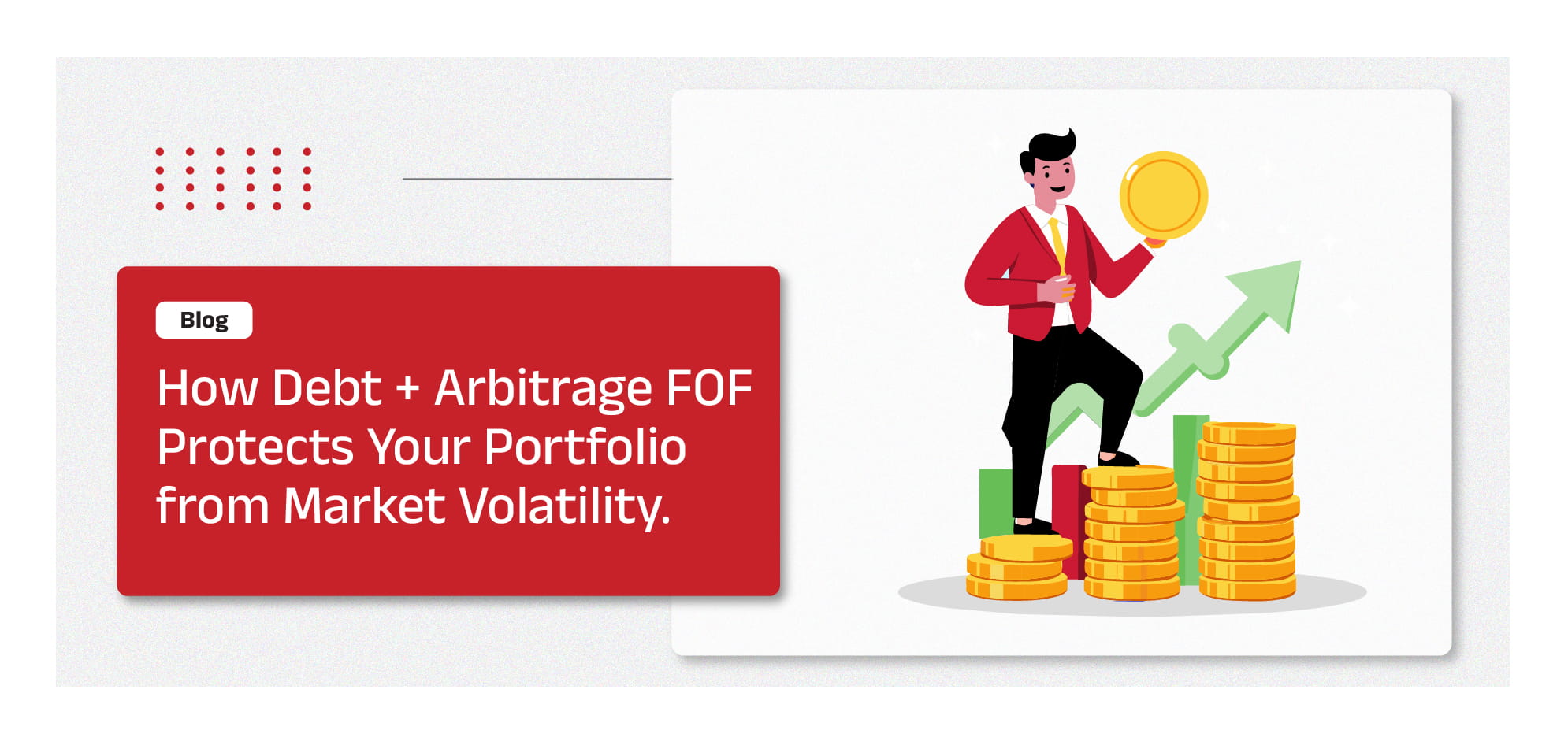-
Our Products
Our FundsFocus Funds
-
Self Care
Self-ServiceFind InformationWays To TransactPartner Solutions
-
Downloads
- Learnings
- About Us
-
More
-
Shareholders
-
Shareholders
-
Updates
-
-
SIP Calculators
- Back
-
Shareholders
Equity
Small Cap Fund
An open ended equity scheme predominantly investing in small cap stocks
Annualized Returns %
Annualized
Returns %
Aditya Birla Sun Life Small Cap Fund
SIP Amount
Min . ₹ 100
Lumpsum Amount
Min. ₹ 1,000
Aditya Birla Sun Life Small Cap Fund Overview
Aditya Birla Sun Life Small Cap Fund is an open-ended equity scheme predominantly investing in small cap stocks.
Investment Objective
The Scheme seeks to generate consistent long-term capital appreciation by investing predominantly in equity and equity related securities of Small cap companies.
Click here to know more about Equity Funds
Why one can invest:
-
If you are looking for long term capital growth of your investment
-
If you are looking for investing in India’s emerging small cap companies
-
If you are looking for potential of high long-term equity returns
-
If you are looking to have a diversified portfolio within the small cap segment with investments as small as Rs.1,000
Fund Details
CAGR
Latest NAV
AUM
Inception Date
Risk
Investment Horizon
5 years +
Annualized Benchmark Returns
Min Investment
Entry load
NIL
Exit load
1%
Total Expense Ratio (TER)
Sharpe Ratio
Beta Ratio
Other Parameters
Standard Deviation
Modified Duration
-
Yield to Maturity
-
Portfolio Turnover:
-
Average Maturity
-
Macaulay Duration
-
Net Equity Exposure
-
Fund Managers

Mr. Abhinav Khandelwal

Mr. Dhaval Joshi
Riskometer
ABSL
Small Cap Fund
(An open ended equity scheme predominantly investing in small cap stocks)
This product is suitable for investors who are seeking
-
Long term capital growth
-
Investments primarily in Small cap companies
*Investors should consult their financial advisers if in doubt whether the product is suitable for them
Dividend History
Any income received under this option would be considered as income for the investors and hence would be taxed at applicable tax slab rates.
Investment Performance
IDCW Plan of this scheme has distributed income to its investors out of its earnings, from time to time. The details of the same is tabulated:| Declared on date | IDCW Yield (Regular Plan) | IDCW Per Unit | Cum IDCW NAV |
|---|
Fund Summary
The Indian stock market is home to thousands of listed companies across various sectors. This includes large cap, established companies to fledgling small caps and everything in between.
The small cap companies are the relatively new or smaller sized companies. These companies are at the start of their growth phase and thus have the potential to become multi-baggers of the future. Being relatively less established, they are also more prone to short term market volatility.
High level market knowledge and expertise is required to identify the true hidden gems from amongst thousands of small cap companies.
Aditya Birla Sun Life Small Cap Fund is an equity oriented, small cap fund. It applies fund manager expertise with an aim to build a portfolio of small cap stocks that have the potential for long term capital growth
The fund is suited for a long-term investing period
Fund discipline
The Scheme aims to allocate a minimum of 65% of its net assets to Equity and Equity related Instruments of small cap companies
The Scheme may also invest up to 35% of its net assets in equity and equity related instruments of other market cap companies. It may also invest a small portion in fixed income securities (including money market instruments) to manage its liquidity requirements.
The scheme follows a bottom-up stock selection approach. The focus is to identify small cap stocks that have strong fundamentals, good quality management and robust business model. Stock valuations will also be considered.
The scheme does not have any sectoral bias and has the flexibility to invest across sectors and industries.
Value Added Products
Salient features of SIP
Systematic Investment Plan (SIP) investing means automatically investing a pre-determined sum of money in this fund, at periodic and pre-determined time intervals.
Gives investors the benefit of rupee cost averaging –
SIP facility is augmented by several add ons such as Step-up SIPs, Pause SIP, Multi Scheme SIPs etc.
Click Here to
calculate Your SIP
Salient features of STP:
- Systematic Transfer Plan (STP) allows investors to periodically transfer pre-determined amounts from any open-ended scheme of Aditya Birla Sun Life Mutual Fund into Aditya Birla Sun Life Small Cap Fund
- STP facility can be daily, weekly, monthly or quarterly
Salient features of SWP:
- Systematic Withdrawal Plan (SWP) allows investors to periodically withdraw fixed sums of money from the fund. This can take the form of withdrawal of fixed, pre-determined amounts or capital appreciation amount.
- Its primary objective is to meet the regular income needs of investors
Salient features of CATP:
- Capital Appreciation Transfer Plan (CATP) is a modified version of STP. It allows investors to periodically transfer the capital appreciation earned by investment/s in other open-ended schemes of Aditya Birla Sun Life Mutual Fund , into this fund
- CATP is offered at monthly or quarterly intervals
Tax Applicability
For any investments redeemed on or after April 1, 2025
- Short Term Capital Gains will now be taxed for investments held within 12 months at 20%
- Long Term Capital Gains will now be taxed for investments held beyond 12 months at 12.5%
The above rates are exclusive of surcharge and cess. Request you to take advice of tax/legal/accounting/financial/other professionals prior to taking any decision, acting or omitting to act
Forms & Downloads
Investors also viewed
Don’t know where to start? Start here!
Frequently Asked Questions
The market capitalisation of a stock is an indicator of the value and size of a listed stock. It is calculated by multiplying the number of its shares outstanding in the market by its market trading value.
Indian listed stocks are classified into three categories basis their market cap.
1. Large cap stocks – Ranked 1 to 100 in terms of market cap
2. Mid cap stocks – Ranked 101 to 250 in terms of market cap
3. Small cap stocks – All remaining listed stocks, rank 251 onwards in terms of market cap
Apart from being smaller in size, small cap companies tend to have scope for considerable growth. Being at the cusp of growth, they have the potential to grow at a higher rate over time. At the same time, they may also be subject to higher risk and market fluctuations. Being relatively undiscovered, they may also be available at better valuations in the market.
A small cap fund is an equity-oriented mutual fund scheme that invests at least 65% of its net assets in small cap stocks.
This fund seeks out well priced small cap stocks from amongst the entire universe of available small cap stocks. It builds a portfolio of select small cap stocks that have potential for long term capital growth. Fundamentals, management quality and business model are some of the key parameters considered in this selection.
Investors have the potential to earn long term capital appreciation for their investments in the Aditya Birla Sun Life Small Cap fund.
Additionally, it also has other benefits such as need for low minimum investment, sectoral diversification, tax efficiency, expert fund management etc.
No, Aditya Birla Sun Life Small Cap fund does not have a sector bias. It invests in small cap stocks basis their individual merits irrespective of the sector it belongs to.
Small cap funds can be an investment choice for investors who wish to invest in emerging small cap companies, with long term growth potential but who also have the potential to take on risks, especially over the short term.
The fund offers a direct plan and a regular plan.
Direct Plan is only for investors who purchase /subscribe Units in a Scheme directly with the Mutual Fund and is not available for investors who route their investments through a Distributor. The expense ratio of a direct plan fund is lower.
A regular plan is one in which investors’ investment in the fund are routed through a broker or distributor. The expense ratio of a regular plan fund is higher.
Each plan will also have following options:
Growth Option – Under this, returns of the fund are reinvested in the fund itself. These will reflect in the increase in NAV of the fund.
Income Distribution cum Capital Withdrawal (“IDCW”) Option
(Payout of IDCW/ Reinvestment of IDCW/ IDCW Sweep Facility) ^
Under this, returns of the fund are distributed to investors as IDCW Investors can opt for IDCW pay out or IDCW reinvestment wherein they purchase more units of the fund with the income distributed.
^the amounts can be distributed out of investors capital (Equalization Reserve), which is part of sale price that represents realized gains Note: IDCW is declared subject to the availability of distributable surplus as computed in accordance with SEBI Regulations. It must be distinctly understood that actual declaration of IDCW and frequency thereof is at the discretion of trustees. There is no assurance or guarantee to Unitholders as to the rate of IDCW distribution nor that the IDCW will be paid regularly.
Exit load:
- For redemption / switch-out of units on or before 90 days from the date of allotment: 1.00% of applicable NAV.
- For redemption / switch-out of units after 90 days from the date of allotment: Nil.
Exit Load is NIL for units issued in Reinvestment of IDCW.
The fund applies an expense ratio. This is intended to cover fund management and other administrative costs of the fund.
No, having a demat account is not necessary for investing in this fund.
- Performance Graph
Popular Searches
Mutual Funds Investment
Equity Funds
Debt Funds
Hybrid Funds
Index Funds
ETF
Fund of Funds (FoF)
Target Maturity Funds
What is a Mutual Fund?
What is Equity Fund?
What is Index Fund?
Types of Mutual Funds
Systematic Transfer Plan (STP)
SWP in Mutual Funds
Balanced Advantage Funds
Open-Ended Schemes
What is ETF?
Mutual Fund Tax Benefits
Expense Ratio
IDCW
What is AUM?
What is AMC?
Indexation in Mutual Funds
One Time Mandate
Exit Load
What is Bank Nifty?
What is Finnifty?
What is Nifty?
What is Tax?
What is Debt?
What is ITR?
What is Chapter VI (A)
What is Investment?
Compound Annual Growth Rate (CAGR)





 1800-270-7000
1800-270-7000




























